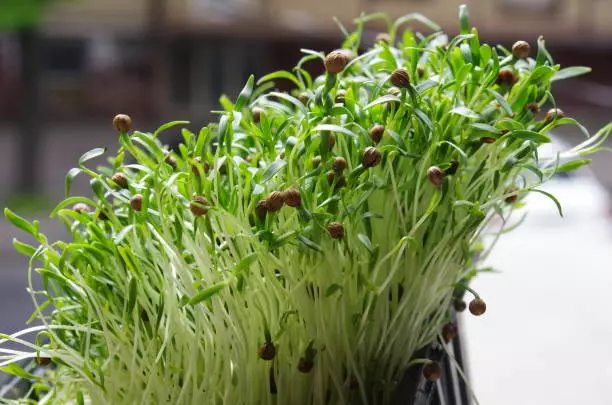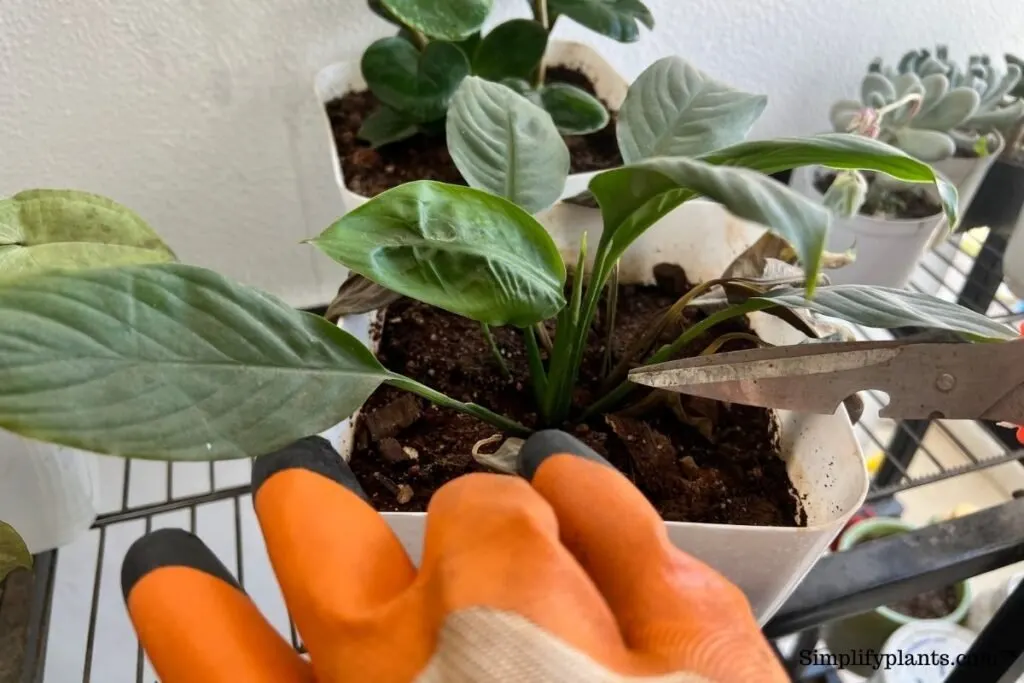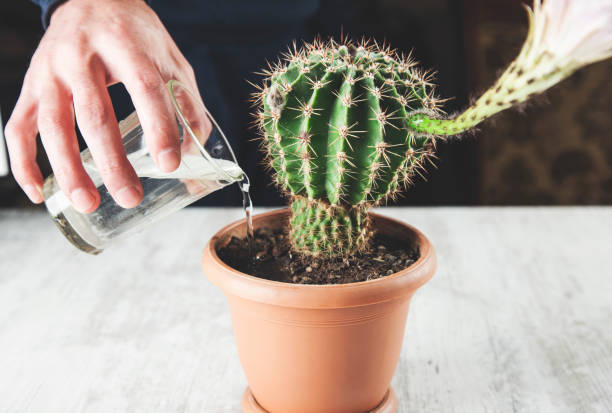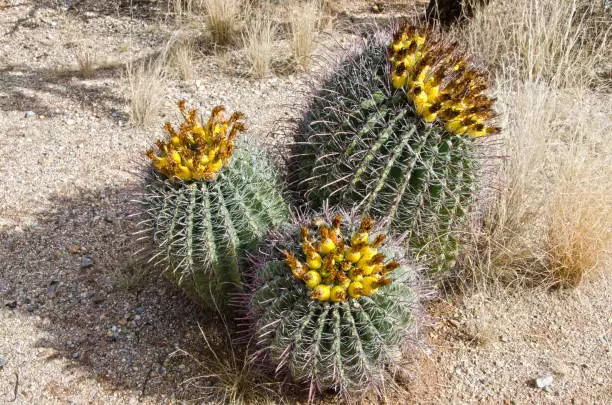You can easily grow cilantro microgreens in your house, but to get the best quality, it is important to follow the right steps from seed selection to planting and all the way to harvesting. Coriander microgreens are usually ready for consumption in a short time.
What are cilantro (coriander) microgreens?

Cilantro microgreens are baby plants that fall somewhere between baby greens and sprouts. They come in different varieties and are sometimes referred to as Chinese parsley or Culantro. It’s easy to confuse them with sprouts, but sprouts don’t have developed leaves.
These are young vegetables that grow to around 1-3 inches tall and originate from Africa, Asia, and southern Europe. The leaves contain an aromatic flavor that adds an additional appeal to any dish. Apart from its nutritional value, it’s a great addition to anyone who wants a slight punch into their dish.
How to grow cilantro microgreens
You need trays, growing medium, seeds, light, and a kitchen bottle to grow cilantro microgreens. Since harvesting happens before the plant develops a great root system, shallow planting trays would do just fine.
Choose split seeds rather than whole seeds to improve germination and cut down on the waiting time. Split seeds are easier to grow and manage because also germinate fast. Organic fertilizer isn’t necessary, so you can simply use fine-grain soil..
Cilantro microgreens grow well with consistent light, whether natural or artificial. You can use an indoor grow light to easily time the hours the plant receives light and ensure the light is distributed evenly.
Here’s how to grow cilantro microgreens successfully:
1. Soak the seeds
There’s often a debate concerning whether you should soak or not soak microgreens. Fortunately, no matter the path you choose, the cilantro microgreens will grow either way. Soaking may fasten the germination process, but that doesn’t mean the seeds will automatically grow faster.
If you plan on soaking the seeds, leave them in a bowl of water for about 8- 24 hours and not more than one day. Alternatively, you can crash the seeds instead of putting them in water. Put the seeds in a plastic bag, then crack them using a cutting board or a rolling pin. Crashing the seeds has the same effect as soaking.
Whether you want to soak the seeds, crash the seeds or do neither of the two, the cilantro microgreens will still turn out perfect.
2. Fill the tray with growing medium
Select a tray in which you will grow your cilantro microgreens. The next step is choosing a medium. You can opt for potting vermiculite, coconut coir, or use sterilized soil. Ensure the growing medium is 1 inch deep to help the plant retain its moisture after watering.
Add the potting mix to the planting tray. The tray needs to have small holes in the bottom for better drainage. This enables favorable conditions when the greens germinate. Fill the medium just below the brim of the tray. The mix should be compact and damp. Smooth it using your hands to ensure it’s even as possible.
3. Plant the seeds
The next step is to sprinkle the seeds across the soil. The seeds need to be close to each other but not overlapping. An ideal spacing for cilantro microgreens is about 5-8 seeds per square inch if you want to produce great sprouts.
Unlike other fast-growing microgreens, cilantro develop many leaves and take a longer period to grow and be ready for harvesting.
4. Water the seeds
Wet the seeds using a spray bottle and leave them on the soil with or without covering depending on your method. Covering ensures the hulls of the seeds fall off when your microgreens start growing. Without a cover, the seed hulls often attach themselves on top of the mature microgreens.
It’s also advisable to cover the seeds to keep light off them during the germination process. You can use a plastic cover and towel or tray to lock in moisture and also keep the coriander in darkness.
5. Monitor the moisture levels of the germination medium
For the first 2-3 days, don’t do anything, simply let the seeds germinate with no manipulation. The cover will ensure that the plant retains moisture. Uncover on the 4th day to check if there’s enough moisture on the soil to promote a higher growth rate. If not, add just a spritz of water.
From the 5th day onwards, check your microgeens for any signs of wilting to ensure you aren’t underwatering. Always ensure you water the growing medium and not the soil. Remove the cover from day 7 and move your cilantro microgreen to a sunny place.
Monitor the plant closely, as the herbs are likely to need water every 3 days. Within a few days, it will be ready for harvesting.
Germination time and requirements
Cilantro microgreens take 3 to 7 days to germinate depending on the soil temperature. Maintaining temperature between 65°F, and 75°F is ideal in facilitating the germination process.
Water every couple of days until the shoots come out. Since they prefer cooler temperatures, it isn’t necessary to use a heat mat.
When to harvest
Cilantro microgreens become ready for harvesting as soon as they turn green and open completely. It takes 10 to 21 days for the newly emerged leaves to open up, indicating that you can harvest the microgreens for consumption.
In some cases, leaves start coming out roughly after 17 days, at which time you can harvest while still retaining a great taste.
However, depending on the conditions of the growing medium and other factors especially temperature, not all the coriander seeds will have sprouted at this time. You might want to wait for 5 more days to allow the herbs to develop true leaves with a much richer flavor before harvesting.
To harvest, cut the cilantro microgreens about an inch above the soil using a pair of scissors or a sharp knife.
Cilantro microgreens vs. sprouts
Cilantro microgreens and sprouts are two different things. Each is a different part of the growing cycle of any herb. As a result, the two differ in both taste and looks and are also grown differently.
Sprouts are germinated seeds that are tasty and rich in nutrients, enzymes, and fiber. They grow pretty fast and can be harvested in a period of 4 to 6 days. Typically, sprouts require a little light and nutrients to grow. However, they need a certain amount of humidity that unfortunately allows a certain bacterium to thrive.
Several cases of foodborne illness result from sprouts. Hence, it’s necessary to cook sprouts to kill all the bacteria. Sprouts are used in different foods because of their texture rather than the visual appeal.
Microgreens are the first few leaves that appear from a plant. They are formed in the leaves and function the same as real leaves when it comes to photosynthesis. However, unlike sprouts which grow from water, they start from soil and take longer to grow. It takes them around 2-3 weeks to be ready for consumption.
Microgreens are full in flavor hence used for garnishes, unlike sprouts that are great for crunch. Lastly, cilantro microgreens are more nutritional than sprouts.
Benefits and nutritional value
Apart from tasting delicious, cilantro microgreens have several benefits. Often, they contain more benefits than several matured vegetables, thus a great addition to any diet. They are high in vitamins and minerals.
Boosts the immune system
These microgreens contain a high level of vitamin E that boosts the functioning of the immune system. One serving of cilantro green is enough to boost one’s health. It’s also a great vitamin C source that acts as an antioxidant, protecting the body against harmful molecules like cigarette smokers and toxic chemicals.
Vitamin C is necessary when it comes to the growth, development, and repairing of body tissues. It’s also essential for wound healing, formation of collagen, and absorption of iron.
Assist in blood clotting
Since it’s a dark green vegetable, cilantro contains vitamin K. It’s excellent in improving blood clotting and helping the wounds heal. It’s also great when it comes to keeping the bones healthy.
Protect cells and organs
Cilantro contains carotenoids, fat-soluble antioxidants that protect the body cells and organs from damage. It has three times more beta carotene than mature leaves. A serving of cilantro microgreens contains the same number of carotenoids found in a serving of sweet potatoes or carrots.
Protects the eye
Lutein and zeaxanthin carotenoids found in these herbs assist in maintaining eye health as one age. They reduce age-related cataracts and degeneration.
Do Cilantro microgreens need weight?
It isn’t necessary to stack anything on top of your tray for weight. The seeds of microgreens are buried during planting. Moreover, their shoots are delicate; thus, they are unable to hold any weight.
How do cilantro microgreens taste?
Cilantro microgreens have an aromatic, citrusy, and grassy flavor. The taste is mild and adds a gentle warmth to food. Mostly, it’s used in Latin American and Asian cuisines. People react differently to the herb’s taste with some loving it while others can’t just stand the taste.
You can add these herbs to salads, guacamoles, salsas, scrambled eggs, on top of tacos, in dips, and curries.



